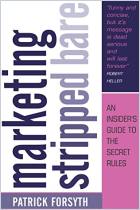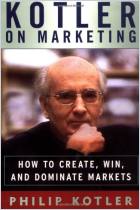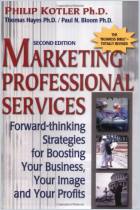
The Financial Services Marketing Handbook
Tactics and Techniques that Produce Results
Recommendation
No one claims that marketing any service is easy, but marketing financial services is especially difficult. Today, you can buy financial products – mutual funds, insurance, banking services, mortgages, credit cards – through a variety of channels and providers, often at a discount. This creates a challenge for financial marketers, who tend to rely on proven time-tested marketing techniques from other industries that are not always effective for financial products. Here, consultants Evelyn Ehrlich and Duke Fanelli present marketing basics in a financial services context. Their best material comes from short case studies or vignettes from real financial services companies. Readers may wish there were more of these since much of the marketing content is not new. This is a good basic book for newcomers to marketing in the financial services industry, but veterans will find it less valuable. getAbstract recommends it to novice marketers or to those working in financial service firms’ non-marketing areas (such as operations, shareholder services or sales) who want a marketing briefing.
Summary
About the Authors
Evelyn Ehrlich, PhD, has been president of Ehrlich Creative Communications, a marketing consulting firm, since 1982. Her clients have included many financial service companies. She has a PhD from New York University. Louis A. “Duke” Fanelli has more than 25 years of marketing experience in financial services. He spent 15 years at J.P. Morgan Chase managing the retail sales network and worked as a journalism and public relations executive.


















Comment on this summary or 开始讨论